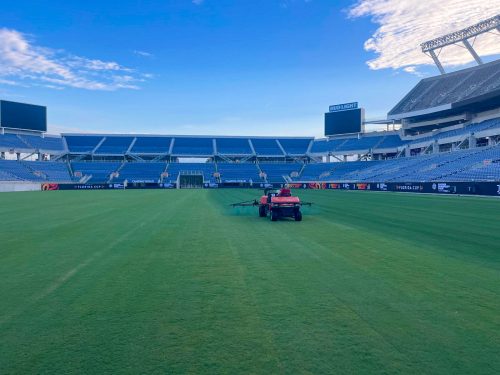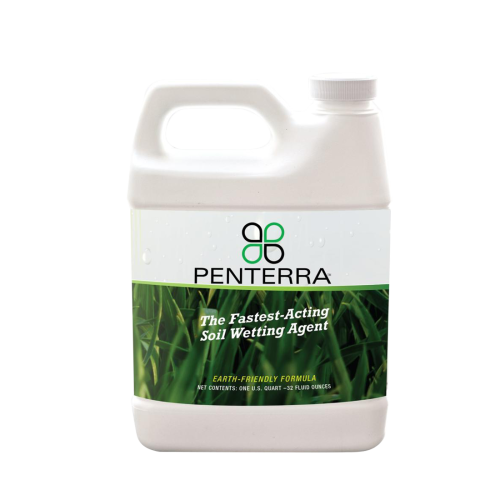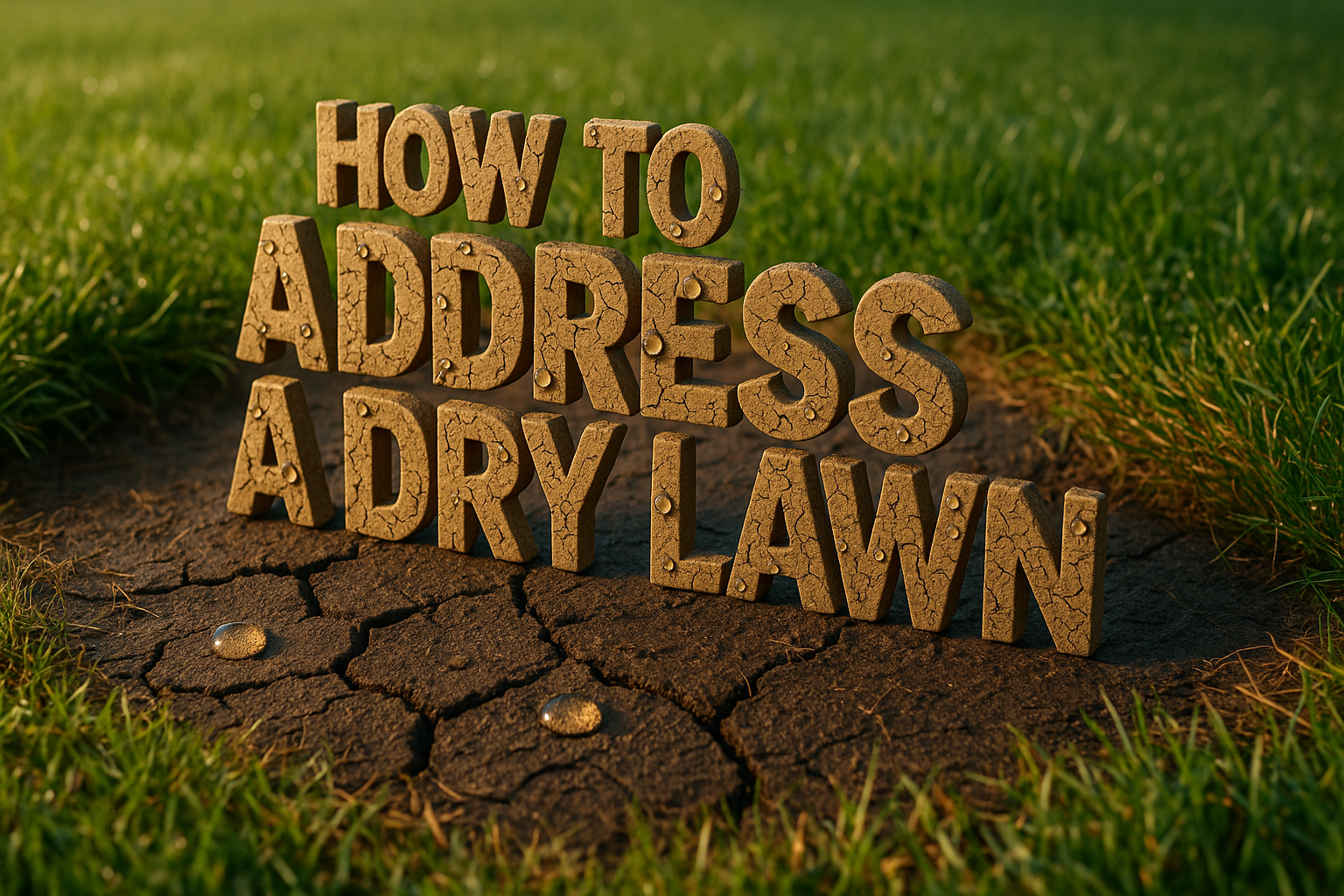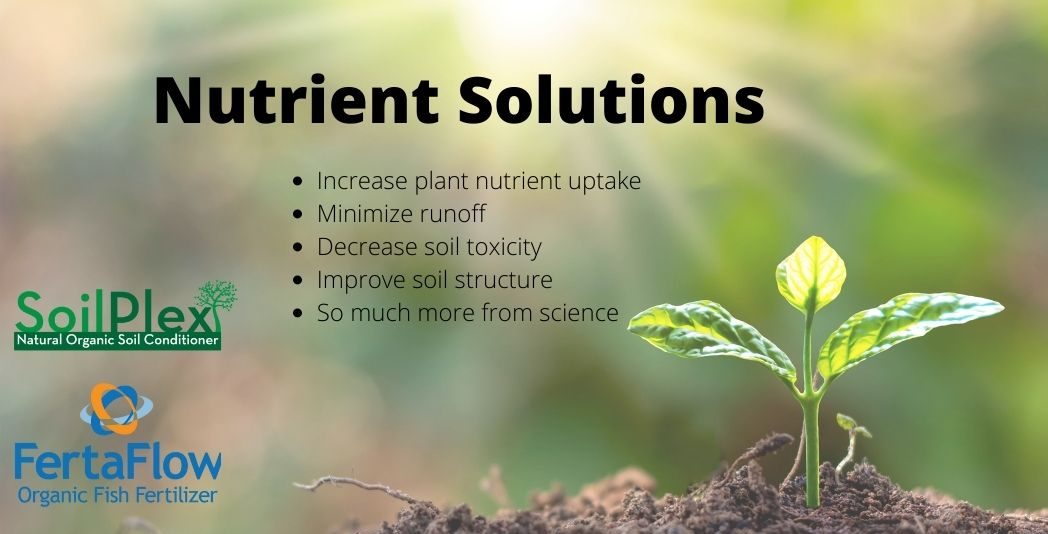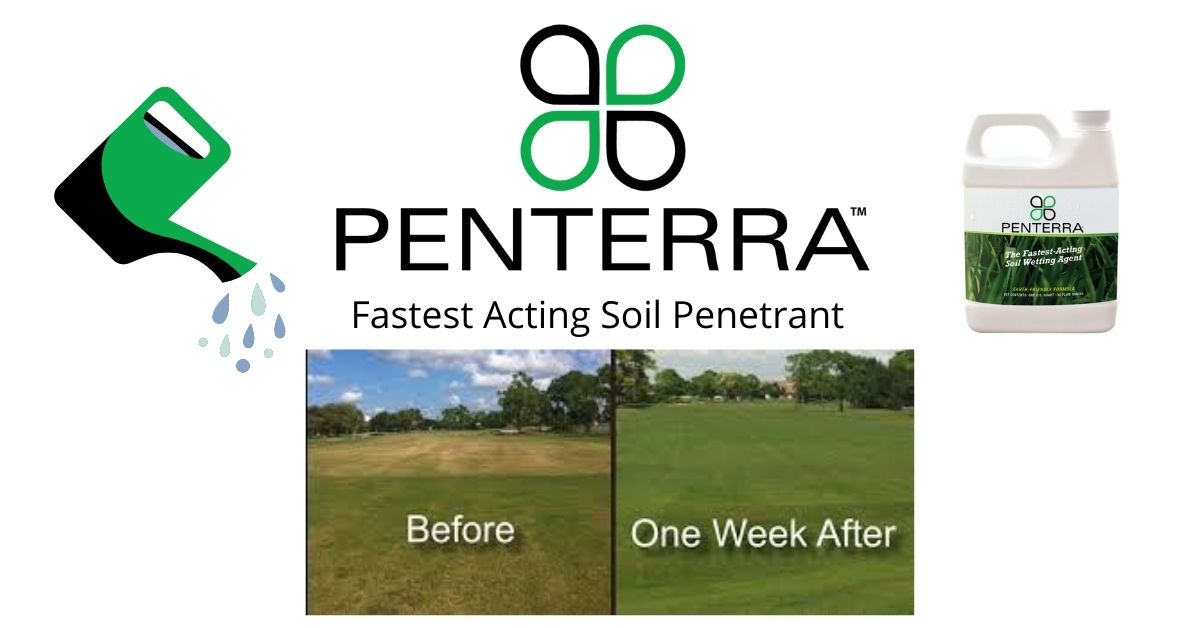🌱 Why is My Grass Turning Yellow?
Yellow or brown grass is a common problem caused by:
-
🌞 Heat stress
-
💧 Drought or poor irrigation
-
🌱 Nutrient deficiency (especially nitrogen)
-
🧫 Pet urine or chemical damage
-
❄️ Winter dormancy in warm-season grasses
No matter the cause, Endurant Turf Paint provides a fast, safe, and professional solution that restores green color instantly—no waiting required.
🟢 What is Endurant Turf Paint?
Endurant Turf Paint is a non-toxic, professional-grade landscape colorant made by Geoponics Corp, trusted by:
-
🏌️ PGA Golf Tournaments
-
🏈 NFL Stadiums
-
⚽ World-Class Sports Fields
-
🏡 Now available for homeowners
✔️ Turns yellow grass green instantly
✔️ Safe for pets, kids & the environment
✔️ Reduces water & fertilizer use
✔️ Dries fast and stays vibrant for weeks
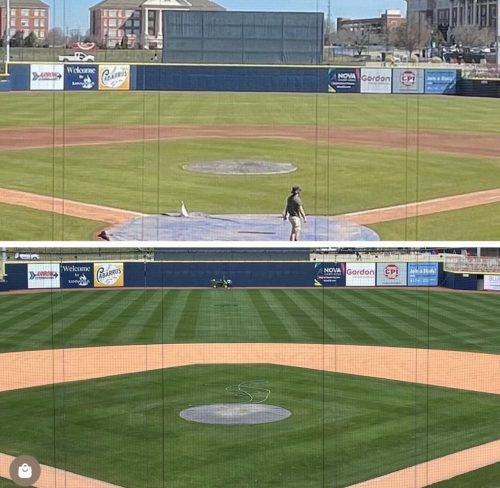
📸 See it in action on Instagram → @EndurantTurfPaint
🎨 Which Endurant Color Should I Use?
Here’s a quick breakdown of the different Endurant colorants for various grass types and preferences:
| Product Name | Best For | Color Description |
|---|---|---|
| Endurant Premium | Bermuda and Fescues | Deep, natural green |
| Endurant Perennial Rye | Zoysia, St. Augustine, Centipede | Bright, vibrant green |
| Endurant Fairway | Dormant Bermuda, Darkest Green | Dark Deep Green |
| Green Again Pro (RTU) | DIY homeowners – ready to spray | Balanced pre-mixed green |
| Endurant TE/FX | Spray coverage, boom sprayers | Boom Sprayers Only |
💡 Want help choosing? Visit EndurantColorants.com for comparisons, tips, and FAQs.
🛒 Where to Buy Endurant Turf Paint
You can buy online at:
-
✅ ShopGeoponics.com — Use coupon code WIXPIX for extra savings
🧪 How to Apply Endurant Turf Paint
Applying Endurant at home is simple and fast:
✅ Step-by-Step Instructions:
-
Mow the lawn and clean any debris
-
Dilute the product as directed (8 oz per gallon of water)
-
Use a pump or backpack sprayer
-
Spray evenly, overlapping slightly
-
Let dry for 1–2 hours before walking or watering
🎯 Result: Instantly green, healthy-looking lawn that lasts 6–12 weeks.
🌿 Eco-Friendly & Safe for Pets
Endurant products are:
-
✅ Non-toxic and biodegradable
-
✅ Safe for pets, children, and pollinators
-
✅ Made from organic pigments and safe binders
-
✅ Compatible with fertilizers and soil amendments
🌎 Saves thousands of gallons of water by reducing irrigation needs.
📸 Want Proof? Follow Us on Instagram
Get inspired by real customer transformations:
👉 @EndurantTurfPaint on Instagram
🧠 Frequently Asked Questions (FAQs)
Q: Will turf paint hurt my grass?
A: Not at all. It enhances color and is breathable.
Q: How long does it last?
A: Up to 12 weeks, depending on mowing and rainfall.
Q: Can I use it on dormant grass?
A: Yes—especially effective on dormant Bermuda, Zoysia, and St. Augustine.
Q: Will it stain my sidewalks?
A: No, but be cautious—rinse overspray off hard surfaces immediately.
💡 Why Homeowners & Pros Use Endurant
| Feature | Endurant Turf Paint | Fertilizer/Dyes |
|---|---|---|
| Instant Green Color | ✅ Yes | ❌ No |
| Safe for Pets & People | ✅ Yes | ⚠️ Depends |
| Long-Lasting Results | ✅ Yes (6–12 weeks) | ❌ Short-lived |
| Water-Saving Benefits | ✅ Significant | ❌ Requires more water |
| Eco-Friendly | ✅ Biodegradable | ❌ Not always |
📦 Ready to Order?
🎯 Instantly green your lawn today with the same products trusted by professionals worldwide.
-
🌐 Shop: TurfPaint.net/store
-
💬 Learn: EndurantColorants.com
-
🛍️ Save: ShopGeoponics.com — Code: WIXPIX


